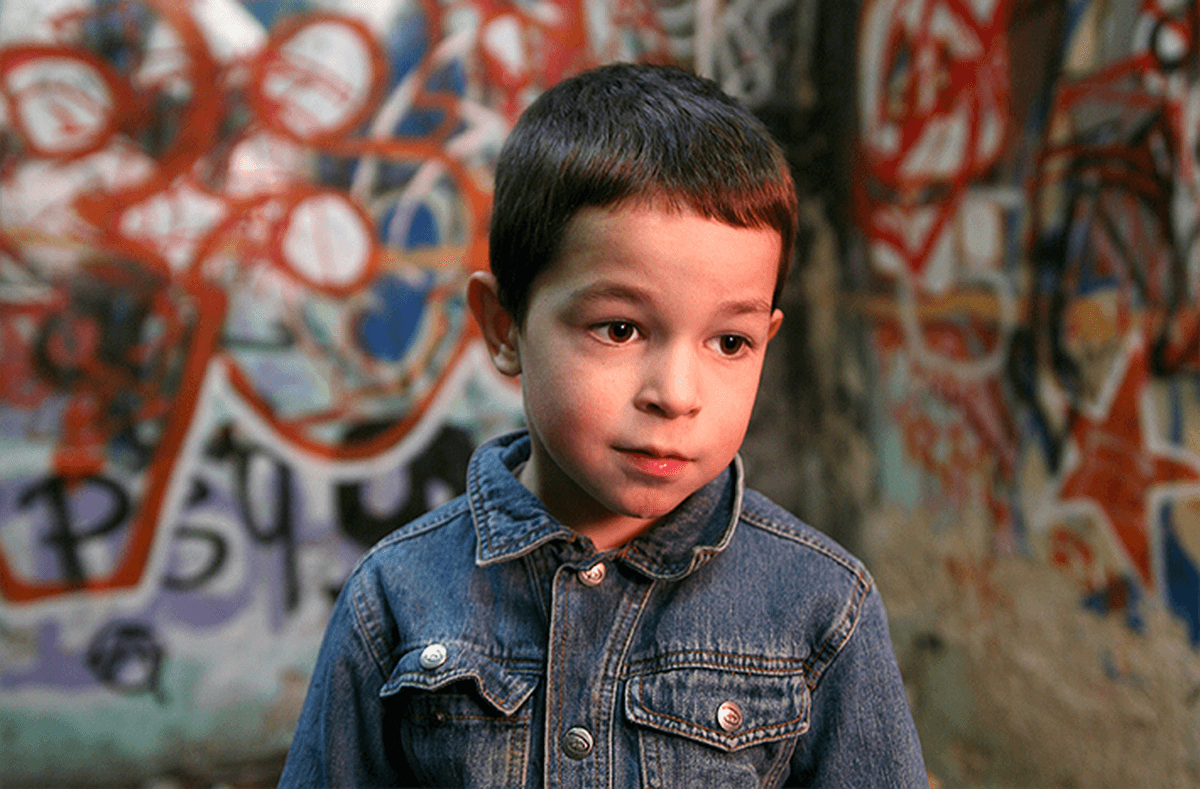Guaranteeing access to services for children in the EU
Published: 20 September 2023
The European Child Guarantee was established in 2021 to ensure that children in need have access to a set of key services. This policy brief analyses trends and disparities in children’s access to early childhood education and care, education, healthcare, nutrition and housing. This is done using a convergence analysis, which tracks whether Member States are improving in respect of specific performance indicators and whether disparities between them are expanding or narrowing. The analysis, where possible, also looks at the differences between urban and rural areas and between children living in households with different levels of income and risk of social exclusion. The indicators chosen for analysis highlight the links between the Guarantee, the European Semester and the Social Scoreboard.
The urban–rural dimension of social exclusion is striking: in 2022, close to 8 million children living in cities in the EU were at risk of poverty or social exclusion, meaning that over one- quarter of children living in urban areas experienced these risks. For children living in towns and suburbs, this was the case for 6,806,000, or just under 24% (23.8%), while for children in rural areas the figure was 5,273,000, just over 24% (24.7%).
By 2022, nine Member States had achieved the policy target set in the EU for 2030 of a participation rate of 45% of children below age three in early childhood education and care. For children between age three and compulsory schooling age, only four Member States had achieved the 2030 target of 96% by 2022, it will therefore be critical for Member States to step up efforts for older children.
In 2021, 5% of low-income households with children aged under 16 in the EU had unmet medical needs. However, findings show that location matters, as 4.4% of low-income households with children below 16 in cities had unmet medical needs at EU level and this climbed to 5.6% in towns and suburbs with the highest percentages in Romania (24.5%), Hungary (24.2%) and Latvia (23.8%). It was lower in rural areas at 4.9%.S
There has been some progress in housing affordability with the percentage of children who were at risk of poverty or social exclusion living in households with housing cost overburden falling from 28.6% in 2015 to 21.3% in 2022.
Regarding access to fresh fruit or vegetables once a day, most Member States saw an increase in access over time for households with dependent children at risk of poverty or social exclusion.
This section provides information on the data contained in this publication.
The policy brief contains the following tables and graphs.
List of tables
Table 1: Indicators relevant to the Child Guarantee
Table 2: List of indicators, time period analysed and convergence results
List of figures
Figure 1: AROPE rate for children, EU27 and Member States, 2022 (%)
Figure 2: Upward convergence in the AROPE rate for children, EU27, average (%) and standard deviation, EU27 and selected Member States, 2015–2022
Figure 3: AROPE rate for children, by degree of urbanisation, EU27, 2015–2022 (%)
Figure 4: Participation rate of children under age three at risk of poverty or social exclusion in ECEC, by duration, EU Member States, 2022 (%)
Figure 5: Participation rate of children between three and compulsory schooling age at risk of poverty or social exclusion in ECEC, by duration, EU Member States, 2022 (%)
Figure 6: Total general government expenditure on pre-primary, primary and secondary education, EU27 and Member States, 2021 (% of GDP)
Figure 7: Early leavers from education and training, EU27 and Member States, 2022 (%)
Figure 8: Unmet needs for medical examination or treatment in households with children under 16 years of age, by risk of poverty, EU27 and Member States, 2021 (%)
Figure 9: Children living in households with housing cost overburden, by risk of poverty, EU27 and Member States, 2022 (%)
Figure 10: Children living in households with housing cost overburden, by AROPE status, EU27 and Member States, 2022 (%)
Figure 11: Children of AROPE status living in households with housing cost overburden, EU27 (%)
Figure 12: Severe housing deprivation rate for children at risk of poverty or social exclusion, by tenure status and selected EU Member States, 2015–2020 (%)
Figure 13: Households of AROPE status with dependent children that have daily access to fruit and vegetables, EU27 and Member States, 2014 and 2021 (%)
Figure 14: Inability of households with children to afford a meal with meat, chicken or fish (or vegetarian equivalent) every second day, by AROPE status, EU27 and Member States, 2022 (%)
Figure 15: Inability of households with children of AROPE status to afford a meal with meat, chicken or fish (or vegetarian equivalent) every second day, average (%) and standard deviation, EU27 and selected Member States, 2015–2022
Eurofound recommends citing this publication in the following way.
Eurofound (2023), Guaranteeing access to services for children in the EU, Publications Office of the European Union, Luxembourg.
